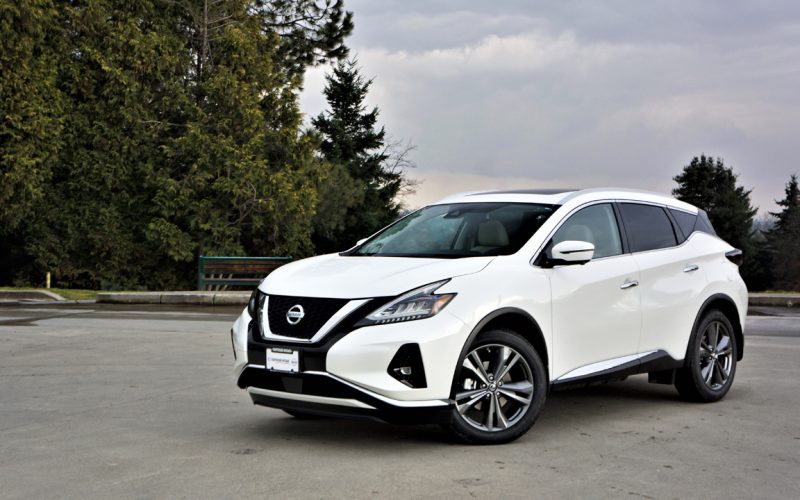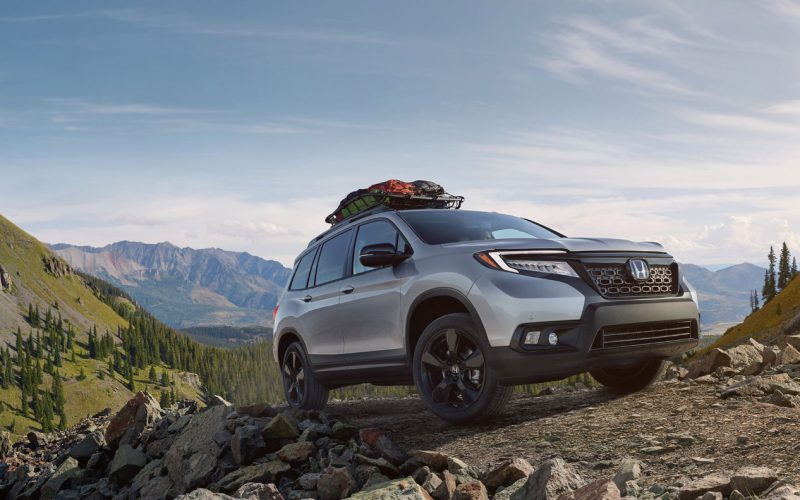
Reading Time: 17 minutesThe Murano has been with us for a long time, at least as far as crossovers

Reading Time: 12 minutesNone of us should be surprised when an automaker launches a new sport utility vehicle these
© 2025 The Car Magazine. All Rights Reserved, Privacy Policy | Terms of Use